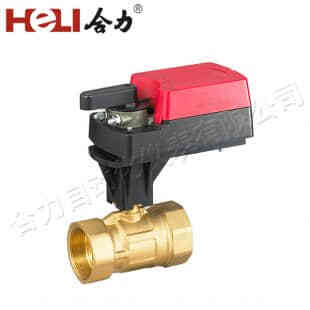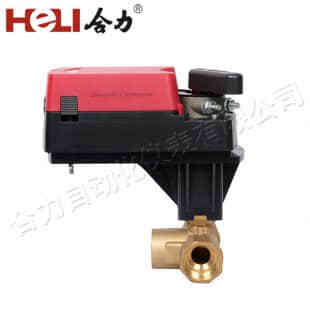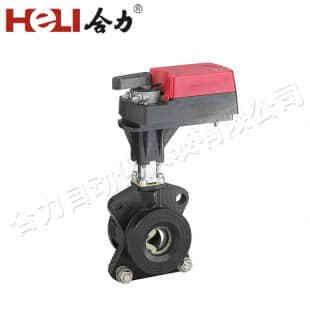In the realm of modern heating, ventilation, and air conditioning (HVAC) systems, damper actuators play a pivotal role in ensuring optimal air flow and maintaining energy efficiency. These components are crucial for regulating the amount of air distributed throughout a building, thus enhancing indoor comfort and reducing energy consumption. This article delves into the significance of damper actuators, their types, working principles, and their impact on HVAC system performance.

What is a Damper Actuator?

A damper actuator is a device used to control the position of a damper within an HVAC system. Dampers are mechanical devices installed in ductwork that regulate the flow of air by opening, closing, or modulating airflow through the ducts. The actuator is responsible for moving the damper blades to the desired position, thereby controlling the volume and direction of the air distributed throughout the system. Types of Damper Actuators Damper actuators come in several types, each suited to different applications and system requirements: Electric Actuators: These are powered by electricity and are the most commonly used type in modern HVAC systems. They offer precise control and can be easily integrated with electronic control systems. Electric actuators are ideal for applications requiring frequent adjustments and high reliability.
